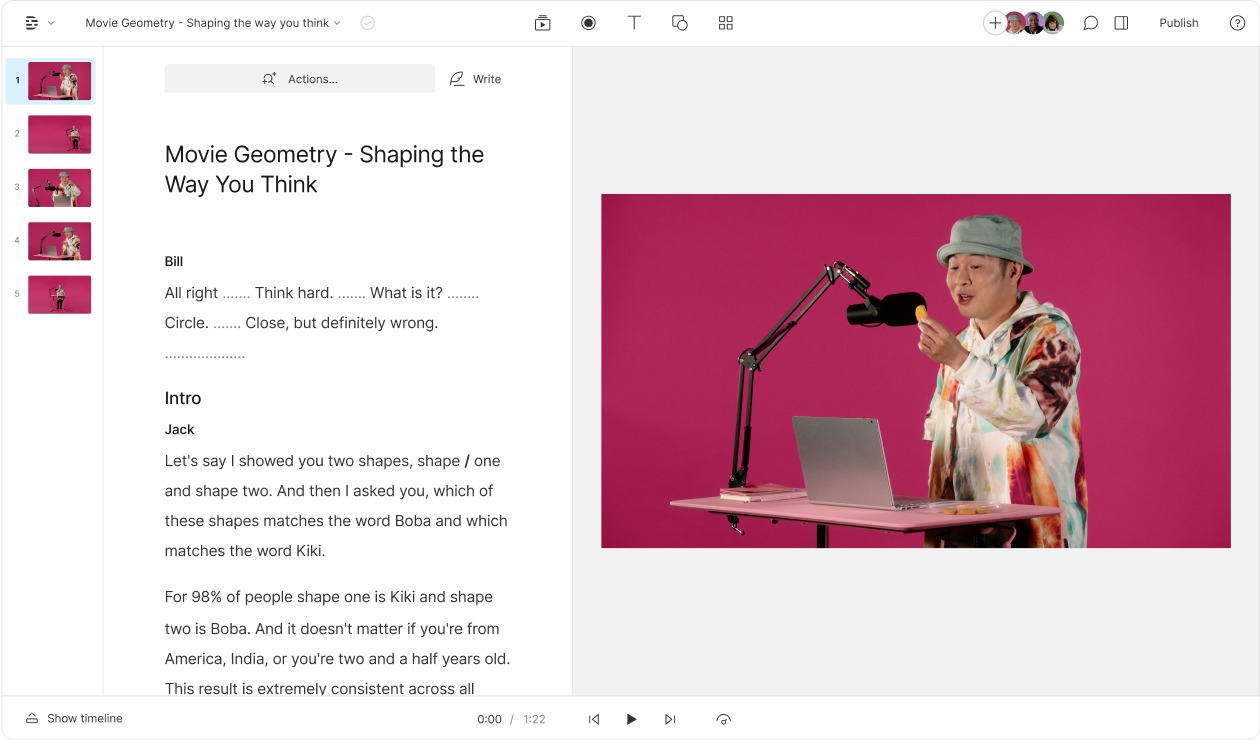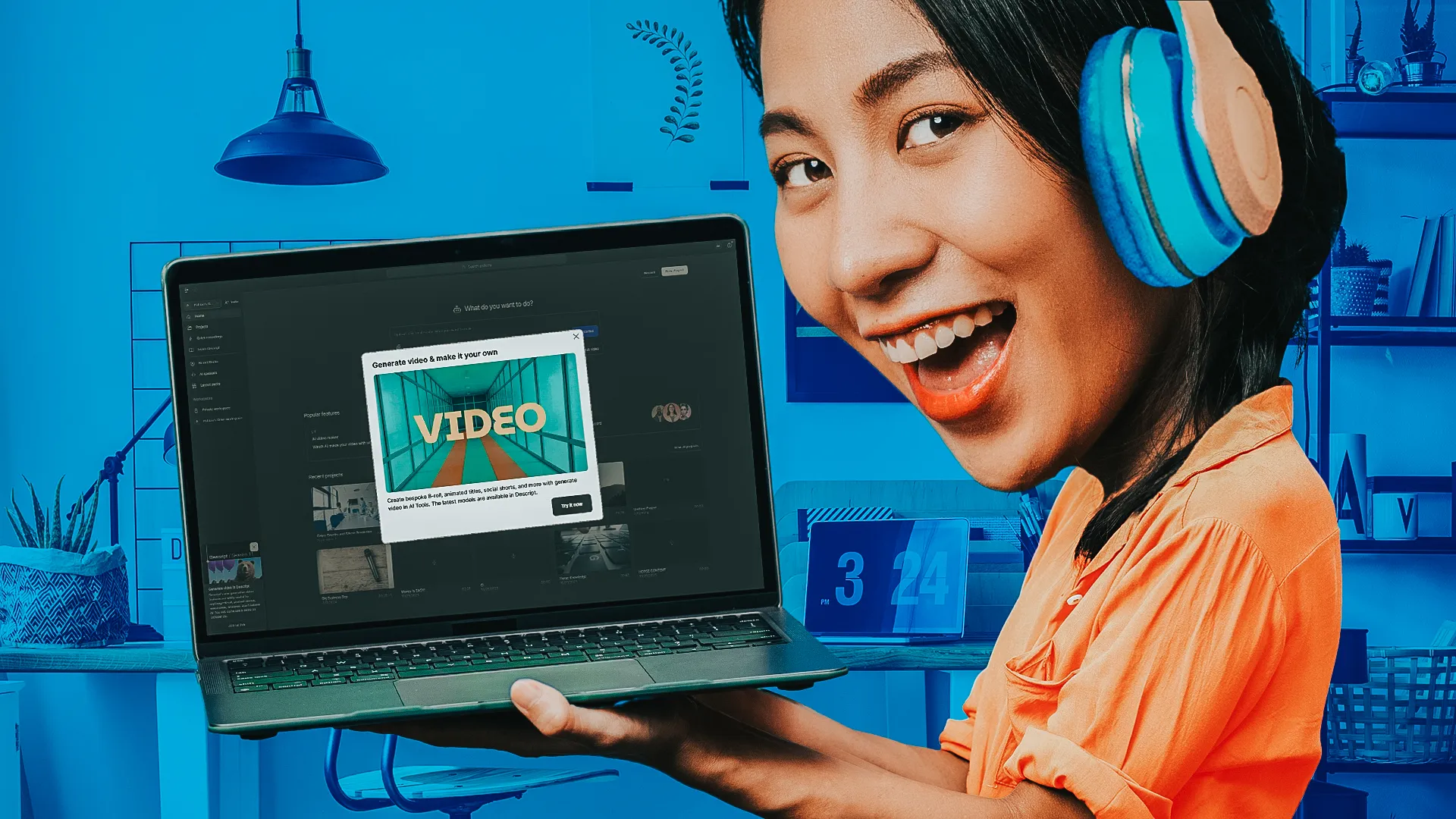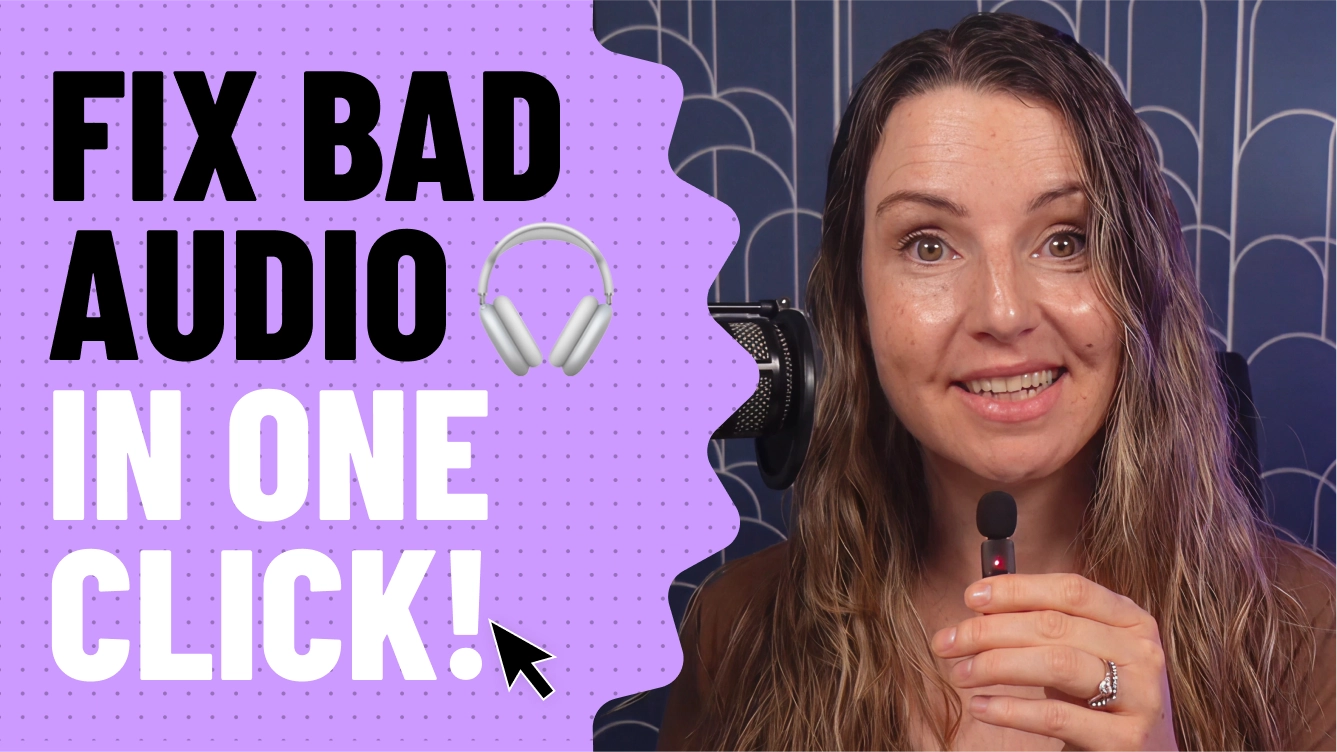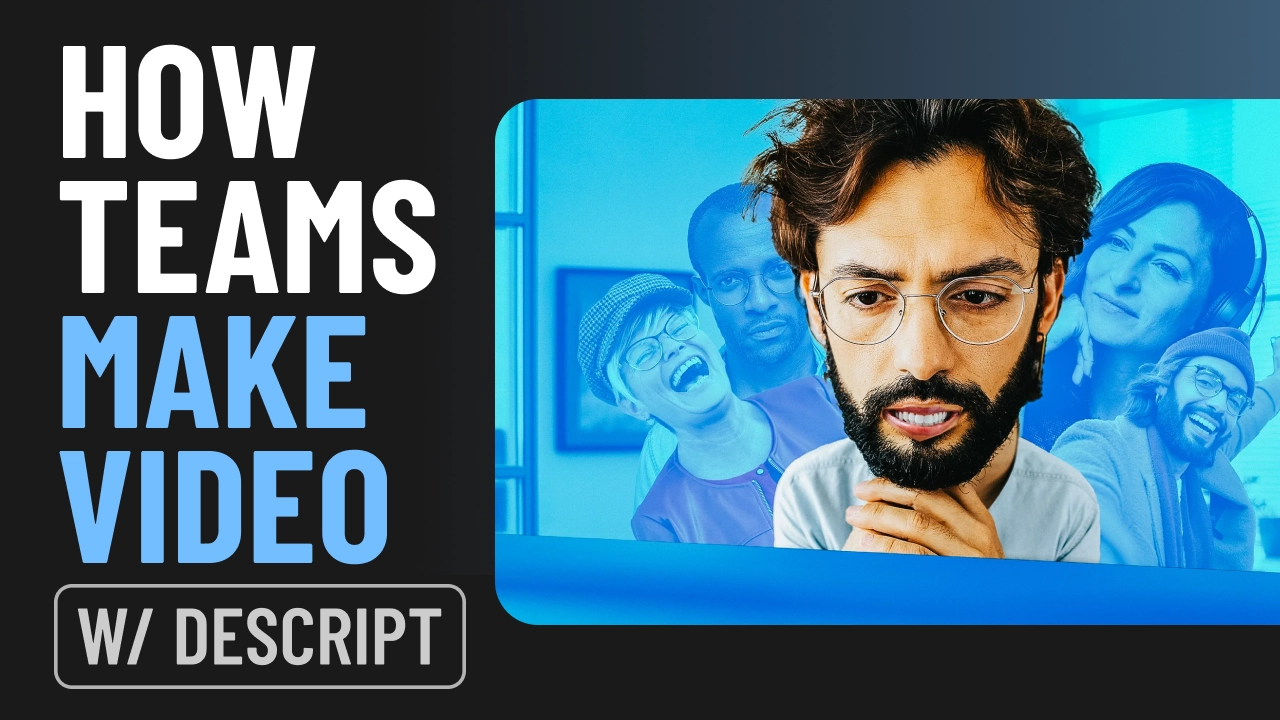What type of content do you primarily create?




Choosing between OBS Studio and Streamlabs is like deciding between a Swiss Army knife and a premium multi-tool—both get the job done, but in distinctly different ways. These streaming powerhouses have become the go-to options for creators, each with their own loyal following and unique strengths.
This guide cuts through the marketing hype to reveal what actually matters: performance impact on your CPU, customization options (or limitations), user experience trade-offs, and functionality differences that might not be obvious at first glance. By the end, you'll know exactly which streaming software deserves space on your hard drive.
What is Streamlabs? Features Overview

Source: Streamlabs
Streamlabs is a widely used streaming software that enables creators to broadcast on platforms like Twitch, YouTube, and Facebook Live. It provides an array of user-friendly tools designed to enhance the streaming experience, offering features that cater to both beginners and experienced streamers.
Here are some key features of Streamlabs:
Customizable overlays: You can design your broadcast with personalized graphics, banners, and alerts that pop up when you receive new followers, donations, or subscribers.
Integrated chat: View and interact with your audience directly in-stream, so you don't have to switch between multiple windows or screens.
Mobile streaming: Streaming IRL? Streamlabs also offers a mobile app for when you're away from your usual streaming setup.
Merch store integration: Let viewers browse and purchase branded merch without leaving your stream.
Streamlabs is an excellent option for gamers who want to customize their streams. For example, a gamer streaming on Twitch can use Streamlabs to add an overlay displaying their current game, webcam footage, recent subscribers, and a chat window. They can also apply animated transitions when switching between scenes, such as moving from gameplay to a 'be right back' screen. Additionally, Streamlabs supports direct console streaming, allowing users to broadcast from platforms like Xbox Live.

Music performers can also use Streamlabs to broadcast their live content. Say a musician or DJ wants to go live on YouTube; they can use Streamlabs to ensure top-notch audio quality. They can also add visual effects and overlays that react to the music in real time to engage fans.
Streamlabs stands out in the streaming software space due to its extensive customization options and built-in community engagement tools. These features make it a preferred choice for both novice and experienced content creators looking to produce high-quality, interactive live streams with minimal setup complexity.
Streamlabs offers a free plan, but it includes a watermark on videos. If you want to remove the watermark and unlock features like higher resolution streaming and multi-streaming, the Standard plan starts at $9 per month. This pricing model ensures users get essential tools right out of the box without additional purchases.
Streamlabs Pros and Cons for Livestreaming
Streamlabs, which is widely used in the streaming community, offers a complete set of features for beginner and experienced streamers. Here's a detailed look at its advantages and drawbacks.
Key Advantages of Streamlabs
User-friendly interface: Streamlabs' user interface is intuitive, so you can start streaming quickly. At the same time, it offers easy access to advanced features like noise gates and video encoding to enhance the viewing experience.
Integrated features:Streamlabs offers a ton of awesome features like chat management, alerts, and plugins, all for a low price.
Multi-platform support: With Streamlabs, you can stream on multiple platforms at once, including Twitch, YouTube, Facebook, and Trovo. You can also custom code a destination using RTMP and configure Streamlabs to send the stream to your custom server.
Mobile app: A dedicated mobile app is available for streaming on the go, which allows you to manage your stream directly from your iPad or smartphone, which is handy for IRL streamers.
Developer API: Streamlabs offers a REST API available to anyone wanting to create custom integrations.
Limitations of Streamlabs
Resource-intensive: Streamlabs can stress your system's resources, which can lead to lower performance on weaker systems.
Learning curve: While easy to use, Streamlabs has a lot of features that may take time to fully understand and use.
Limited offline recording: Streamlabs focuses more on live streaming and less on offline content creation. Its offline recording and editing features are limited compared to dedicated video editing software.
What is OBS Studio? Platform Basics

Source: OBS Studio
Video streaming and video recording software Open Broadcaster Software (OBS) Studio is a solid choice for creators. It's used by a wide range of users, ranging from professionals to gamers, to connect with their audiences and broadcast their best content. With OBS, you can stream and record video on Twitch, YouTube, and Facebook Live with its open-source software.
This flexibility makes OBS Studio a popular choice among those who want complete control over their streaming setup, from adjusting audio quality to fine-tuning video formats and frame rates. Though a bit more technical, OBS Studio's popularity also comes from its compatibility with multiple operating systems, including Windows, macOS, and Linux.
OBS Studio is a powerful, customizable, and resource-efficient streaming software, particularly favored by Twitch streamers and YouTube streamers. However, its complexity and lack of built-in engagement tools may require supplementary software for advanced functionalities.
OBS Studio Pros and Cons for Streamers
OBS is better suited for users who need a highly customizable and efficient streaming solution. Here's a breakdown of its pros and cons.
Key Advantages of OBS Studio
Open-source and free. You can customize OBS Studio to meet your specific needs, making it a cost-effective solution for content creators and streamers.
Cross-platform compatibility. It runs smoothly on all three major operating systems, including Windows, macOS, and Linux.
Highly customizable. OBS Studio has over 120 plugins you can use to tailor your streamlining experience. You can use custom scripts to automate tasks, control bitrate and codecs, and use VST plugins for audio processing.
Low resource usage: Users with less powerful computers can still enjoy live video and screen capture with OBS Studio, thanks to its low CPU usage.
Limitations of OBS Studio
No advanced editing features. While OBS is great for live streaming, it lacks editing features for screen recording. You'll need video editing software to refine and publish professional videos.
Complexity. OBS has way more settings and customizations to tackle versus Streamlabs. Beginners may be turned off by the learning curve.
No centralized support. Due to OBS Studio's open-source nature, there isn't a centralized support system. Although there is a community with help and resources, the lack of dedicated support is a downside.
🎮 Learn: Capture Cards: How to Use a Capture Card for Streaming
Controversy Between OBS and Streamlabs
In recent years, a significant controversy has surrounded Streamlabs due to its use of OBS code and branding strategies. Streamlabs initially built its software on the OBS engine, leading to debates about attribution and ethical practices in the open-source community. This issue was particularly contentious because it created confusion among users regarding the relationship between the two platforms. Understanding these dynamics is crucial for users who prioritize ethical considerations in software use.
Furthermore, Streamlabs eventually rebranded, dropping 'OBS' from its name to address these concerns. This controversy highlights the importance of transparency and proper attribution in the open-source software community.
Professional Streamer Preferences
Many professional streamers prefer OBS for its extensive customization options and control over the streaming setup. Streamers often cite OBS's open-source nature and plugin ecosystem as key factors in their choice. In contrast, Streamlabs appeals to those who favor ease of use and built-in features, making it more suitable for beginners. Interviews with professional streamers reveal that OBS's adaptability and low resource usage are major advantages for those who require high-performance streaming tools.
This preference underscores the importance of understanding specific needs and technical capabilities when selecting streaming software.
OBS vs. Streamlabs: Which Is Better?
Choosing between OBS and Streamlabs depends on your streaming priorities. Interestingly, Streamlabs was originally built on the OBS engine, meaning it shares many core features. However, Streamlabs has since rebranded and operates independently of OBS Studio.
In short:
OBS is better for those who want more control, customization, and have some experience with streaming software.
Streamlabs is ideal for beginners or those who want an all-in-one solution with integrated streaming tools.
Here's a quick overview of both features:
OBS:
Completely free and open-source, allowing for more customization and control.
Works with a wide range of streaming services and platforms.
Generally lighter on system resources.
Offers more advanced settings and customization options for experienced users.
Supports a wide range of third-party plugins for added functionality.
Streamlabs:
Known for its user-friendly interface.
Comes with integrated alerts, widgets, and overlays.
Includes built-in tools for donations and merchandising.
Tends to be more resource-intensive than OBS.
Offers a paid subscription with additional themes, apps, and features.
Ultimately, the best software depends on your priorities. If you need powerful, customizable, and resource-efficient streaming software with minimal system impact, OBS Studio is the way to go. If you prefer a more user-friendly experience with built-in features for audience engagement, Streamlabs is the better fit.
Best Alternative for High-Quality Recording
If you're still looking for recording software alternatives, Descript is an excellent choice. You can't live stream directly from Descript, but you can create high-quality screen recordings in 4K and edit them all in one place.
Descript's additional features make it stand out as both accessible and effective for users of all experience levels. With Descript, you can:
Add a green screen to your videos
Fix audio mistakes with an AI clone of your natural voice
Add subtitles and captions to make videos more accessible
Advanced transcription and subtitle capabilities for enhanced accessibility.
User-friendly, text-based editing with tutorials.
While OBS Studio and Streamlabs are excellent live streaming software with options like built-in chat, transitions, and multistreaming, Descript is a superior choice for content creators focusing on recording and editing high-quality videos with advanced features and minimal impact on resources.
Want to join the thousands of creators already using Descript's recording and editing features? Take a tour of the dashboard today.
OBS vs. Streamlabs: Frequently Asked Questions
What is the best streaming software?
The best streaming software depends on your specific needs. OBS Studio is known for its low CPU usage, open-source customization, and extensive plugin support. Streamlabs, on the other hand, is more user-friendly but consumes more system resources, offering built-in features like chatbots, notifications, and widgets.
Is Descript better than OBS?
Descript is not necessarily "better" than OBS. Rather, it serves a different purpose. While OBS Studio and Streamlabs are designed for live streaming, Descript is more focused on high-quality screen capture and video recording.
How do you choose the best recording software?
Choosing the best recording software involves considering several factors:
System compatibility: Ensure the software works well with your operating system, whether it's Windows, macOS, or Linux.
Resource requirements: Assess your computer's capabilities. If you have a powerful GPU and CPU, you might opt for resource-intensive software. For less powerful systems, consider software with low CPU usage like OBS Studio.
Customization and features: Consider the level of customization you need. OBS Studio offers extensive customization with open-source plugins, while Streamlabs provides built-in features and widgets for a more streamlined setup.





























%201.svg)
















%20(1).JPG)

